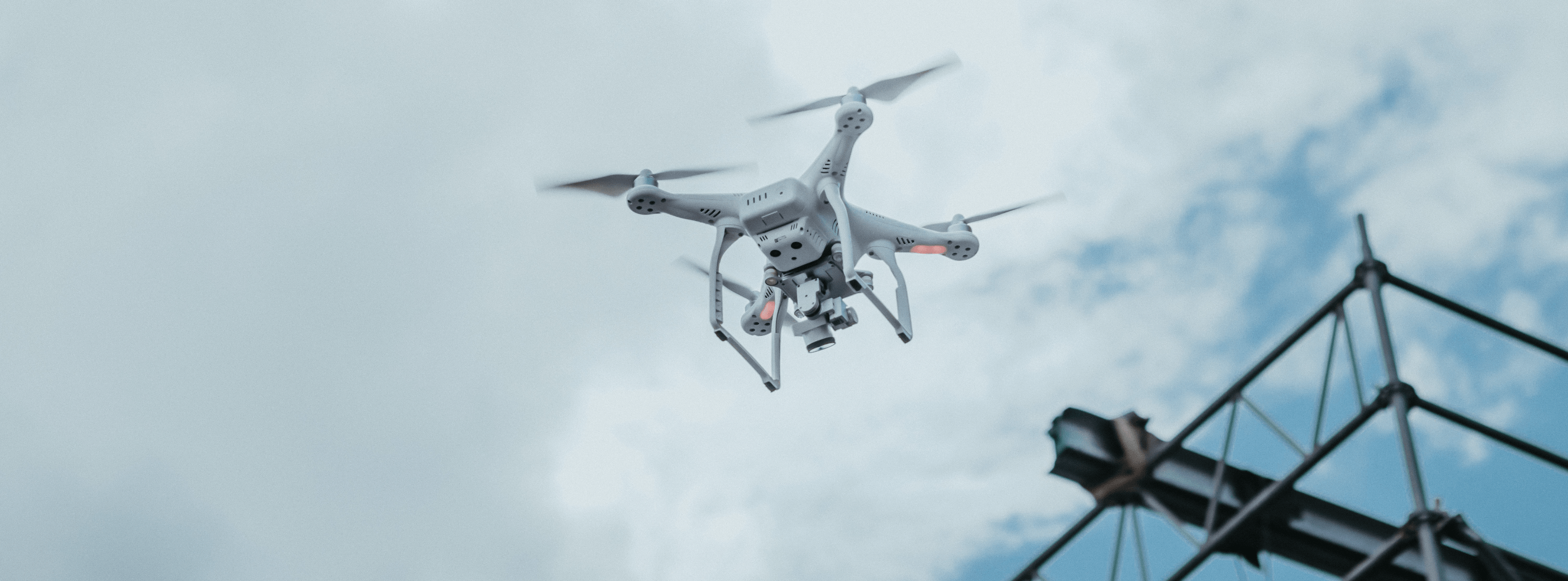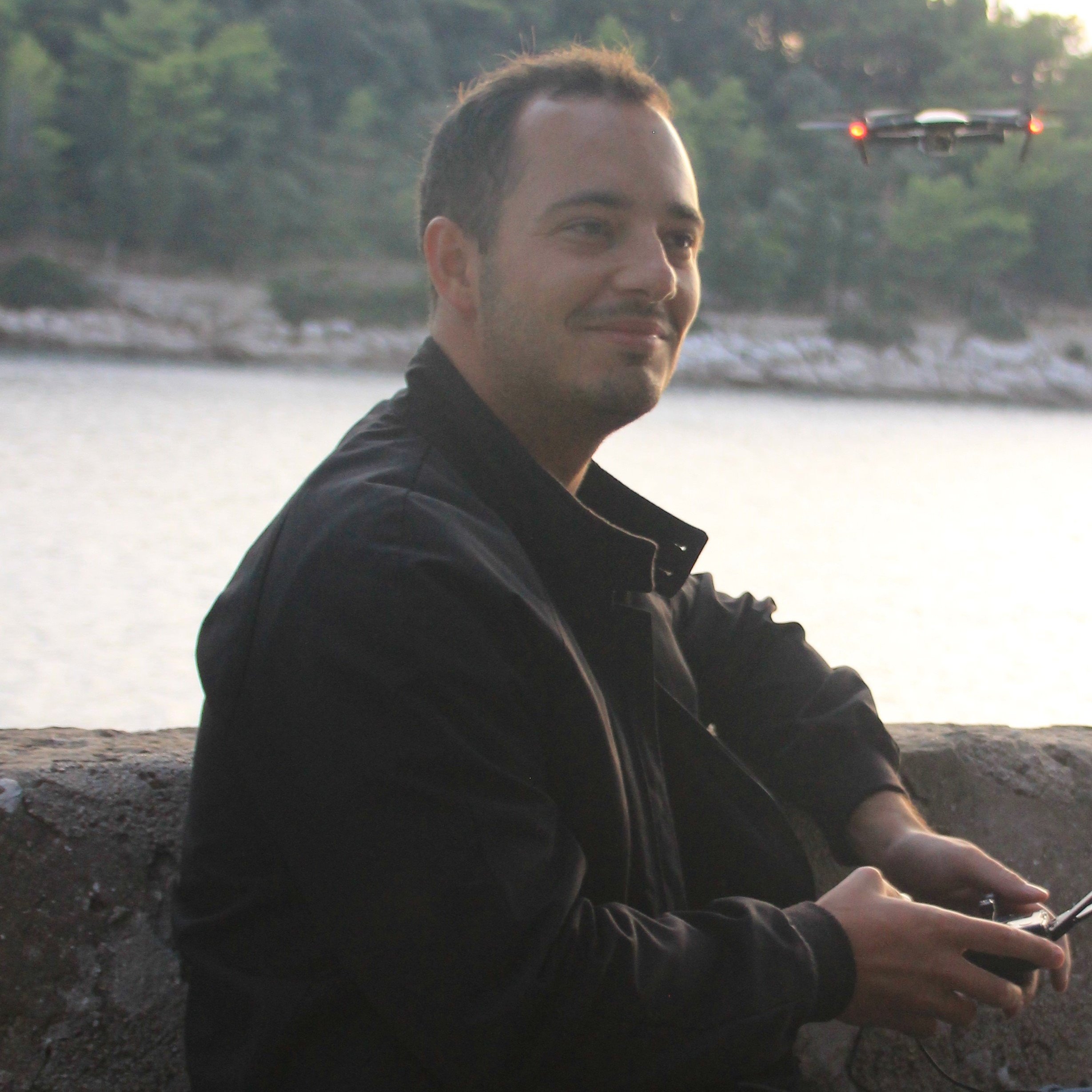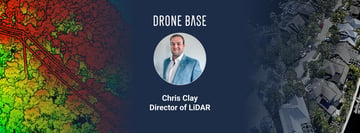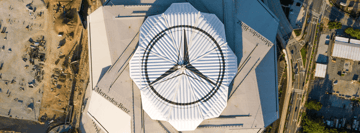Last year was full of familiar stories, from apparent drone sightings and brief airport closures in New Jersey and London, to worrying tales of weaponization, prison deliveries, and more. You get the idea: the small minority of people using drones inappropriately got much more coverage than the vast majority of positive and exciting industry applications out there.
But so far 2020 is shaping up differently. Drone technology has been at the forefront of initiatives to combat both the devastating wildfires in Australia and the spread of the Coronavirus pandemic.
Supporting Emergency Efforts in Australia
More than 11 million hectares (27.2 million acres) of bush, forest and parks across Australia burned in wildfires around the turn of the year. Amid the destruction, some of the most distressing images featured the country’s wildlife and the habitats it relies upon, left in ruins.
On top of supporting conventional firefighting efforts by providing emergency teams with invaluable situational awareness, drone technology has been applied to more subtle search and rescue missions among the scarred remains of the bush in Victoria.
This Guardian photo article highlights the incredible work of first responders in the aftermath of the blaze, as they worked to locate injured koalas among the remaining canopy.
To spot the bears, the teams used DJI drones equipped with thermal cameras. They could then fly in, take a closer look, and determine whether the koalas in question needed medical assistance.
Similar methods have been used to locate kangaroos that have suffered injuries in the fires.
Help Fighting the Spread of Coronavirus
A second example of drones being unlikely heroes in 2020 comes in the face of the growing Coronavirus pandemic. The technology is being deployed all over the world in an effort to halt the spread of Covid-19.
The first examples of drones supporting the fight came from China, where DJI pledged almost $1.5 million to help contain the outbreak. In partnership with agricultural think tanks, the manufacturer adapted its Agras platform to spray disinfectant across more than 3 million square meters of Shenzhen.
Similar disinfectant sprays have been carried out by Chinese agriculture technology companies, whose drones were used on one occasion in China’s Shandong province to disinfect an area of 300,000 square metres in under 4 hours.
Drones have also been used to support emergency service operations during the crisis. In China and Spain, the technology has been deployed as part of efforts to enforce social distancing measures.
Footage from China shows drones with loudspeakers dispersing public gatherings and reminding people to wear masks while out and about. Aerial thermal imaging has also been used to monitor body temperatures from a safe distance and help medical staff identify the fevers that could indicate those who are infected.
In Collado Villalba, a town north-west of Madrid, Spain, local police have been using drones and thermal imagery to patrol the skies after dark and ensure the neighborhood’s curfew is being adhered to. Similar measures have taken off across France.
Another way the use of drones is being explored during the Coronavirus crisis will be far more familiar to industry watchers: delivery. A subsidiary of Japanese manufacturer Terra Drone, Antwork, has been working on a solution to transport medical samples using drones between the Hospital of Xinchang County to a local disease control center in Zhejiang, China. The program, launched in February, intends to reduce the chance of transmission between medical workers and couriers by effectively removing them from the equation.
With the increasing importance of social distancing, the ability of drones to bridge the gap between people could play a major role in the months to come. Take a look at our recent post from DroneBase CEO Dan Burton for information on how we can continue to support your company’s operations during this challenging time.





